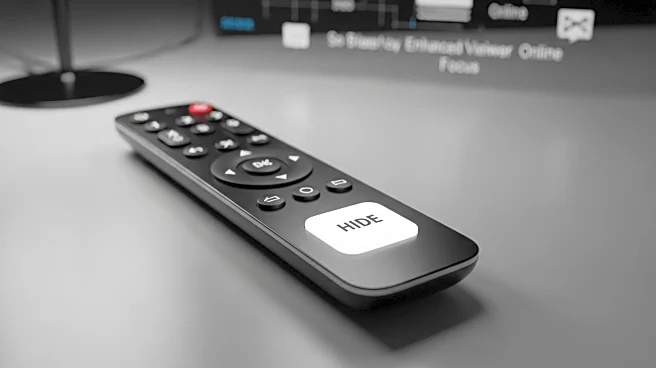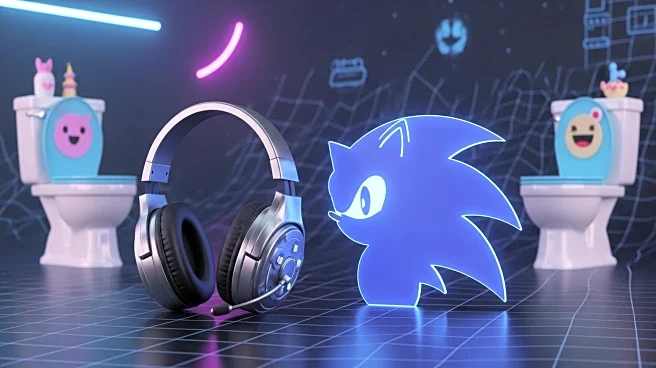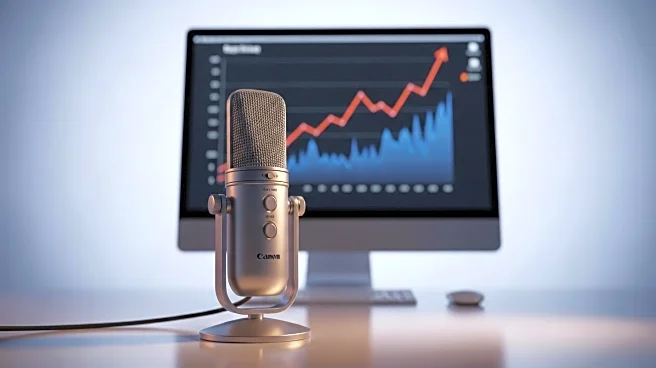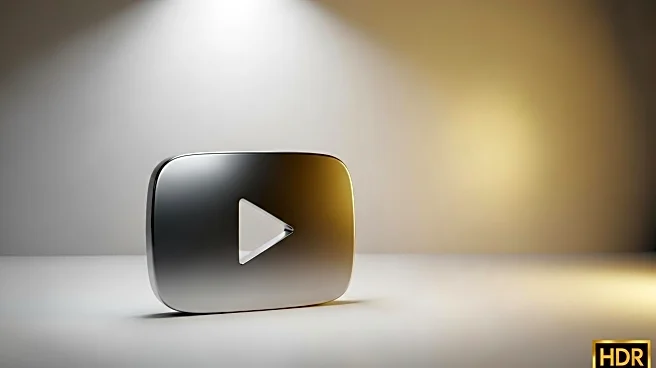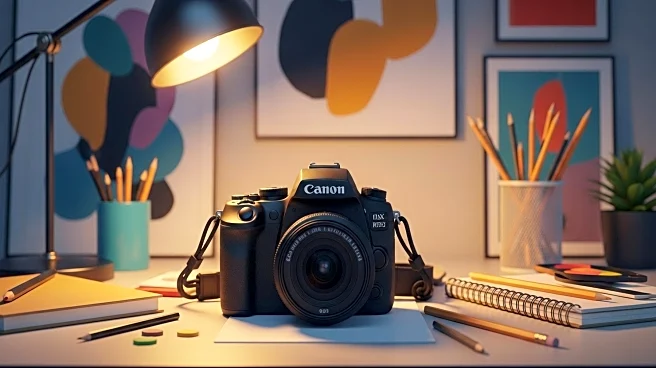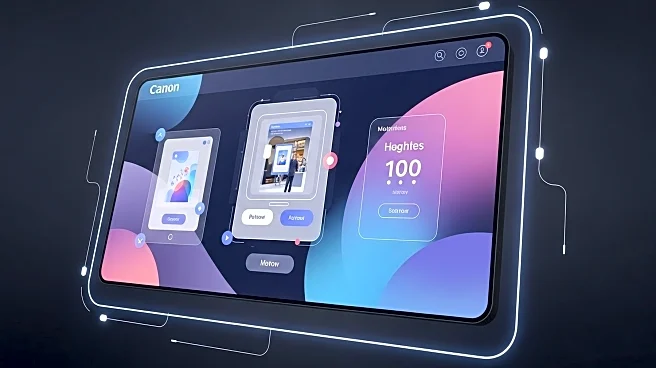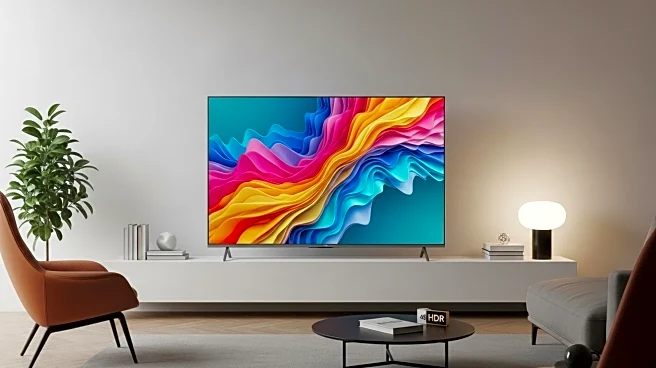What's Happening?
YouTube has announced a new feature allowing viewers to dismiss popups and video suggestions that appear at the end of videos. This change comes in response to community feedback requesting the ability to focus solely on the content being watched. The new 'Hide' button, located in the top right corner of the video player, enables users to remove these end screen popups. However, the setting is video-specific, requiring users to press the button for each new video they watch. Additionally, YouTube is modifying its desktop interface by removing the 'Subscribe' button that appears when hovering over a video's watermark, as it was deemed redundant.
Why It's Important?
This update is significant as it addresses viewer concerns about distractions during video playback, potentially improving user satisfaction and engagement on the platform. By allowing users to hide end screens, YouTube is prioritizing viewer experience over metrics that benefit content creators. Although the changes are expected to have a minimal impact on views and subscriptions, they reflect YouTube's responsiveness to user feedback and its commitment to enhancing the platform's usability. This move could influence other video platforms to consider similar user-centric adjustments.
What's Next?
YouTube's changes may prompt content creators to rethink their strategies for engaging viewers without relying heavily on end screens and watermarks. As the platform continues to evolve, creators might explore alternative methods to encourage subscriptions and video recommendations. Additionally, YouTube may monitor user feedback and engagement metrics to assess the effectiveness of these changes, potentially leading to further refinements in the platform's interface and features.
Beyond the Headlines
The introduction of the 'Hide' button could have broader implications for digital content consumption, highlighting a shift towards prioritizing user experience over traditional engagement metrics. This change may encourage other platforms to reevaluate their interface designs and consider user feedback more seriously. Furthermore, it underscores the growing importance of balancing content creator needs with viewer preferences in the digital age.

